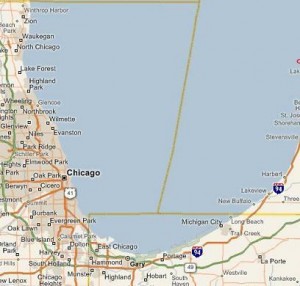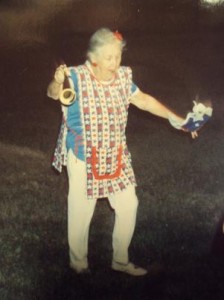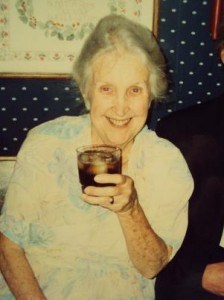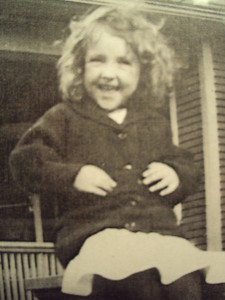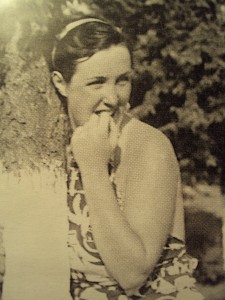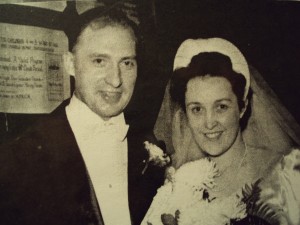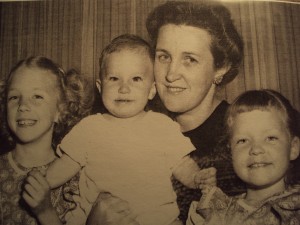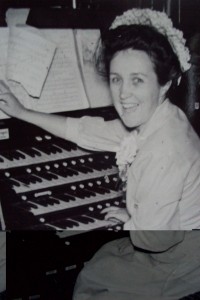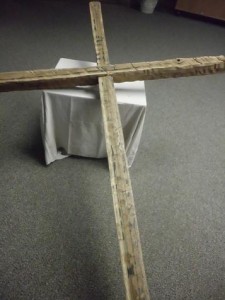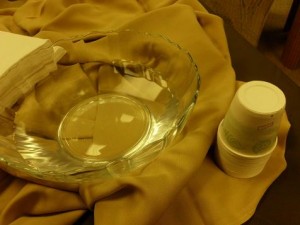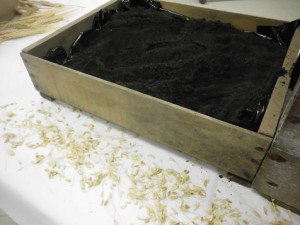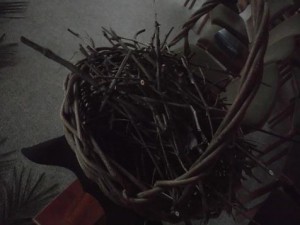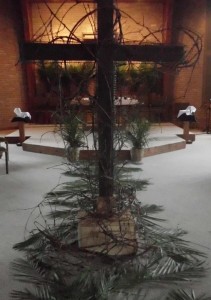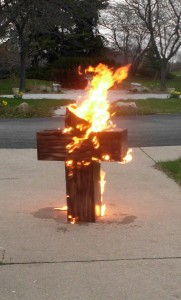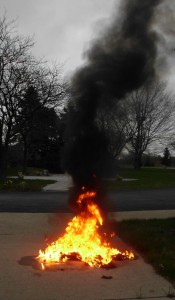When Mom was in her mid-80’s, she wanted to drive from Chicago around the south end of Lake Michigan to her summer home, staying as close to the water as possible. The rest of us doubted the efficacy of her idea, an old lady driving through dangerous neighborhoods for no important reason, but we knew Mom.
She was going to do it.
She asked if any of us wanted to accompany her, and although many of us said, “Sure!” there were always reasons why it wasn’t a good day. Then Mom got tired of waiting. She left her home in Wilmette, 25 miles north of Chicago, and threaded her way south along Sheridan Road, Lake Shore Drive and route 94, enjoying a lake view all the way.
When she got to Gary and Hammond, she had trouble staying close to the shoreline because of the steel mills but said she never lost sight of the water (questionable). She finished her drive to the Michigan cottage on routes 20 and 12, accomplishing her goal.
Naturally we lectured her after the fact, but half of her joy was in showing up the rest of us. When I asked if she’d been nervous anywhere along the way she said, “Be friendly to people, and they’ll be friendly to you.” Who knows what she encountered.
Dad was accurate when he said, “Your Ma is a risk-taker.” When it involved our children, however, we cringed, like the time she let our preschoolers drive her car by having them crawl under her feet and push the break and gas pedals with their hands. Or the time she sent two 2 year olds to the beach unaccompanied. We found them playing in the lake.
Another time she took our 4 and 5 year old girls to Chicago’s Adler Planetarium. Once inside the building, she remembered their snack bags in her car.
“Grandma’s tired,” she said, plunking down on a planetarium bench. “Here’s the car keys. Remember where we parked?” The two little girls headed down the wide steps and into a massive parking lot in downtown Chicago in search of snack bags. I can’t even list the multiple risks she took in doing this.
Recently some friends and I talked about risk-taking in relation to aging. As the years pile up, most of us get cautious, eliminating risk wherever possible. Guaranteed safety becomes more and more attractive, and without our realizing it, the world shrinks, along with many positive possibilities.
We agreed it’s a good idea to fight this natural shut-down, forcing ourselves to take at least minimal risks. We should keep driving in busy cities, going out after dark, trying new foods, meeting new people, traveling to faraway places. But how?
By factoring in God. We’re supposed to trust in his care. But will he come through if we’re risking too much? He wants us to walk in wisdom, which is usually somewhere between wild risk and none at all, a difficult place to live. I think its called moderation.
Amazingly, Mom’s risk-taking never got her in trouble. And she sure had fun! Maybe God assigned extra angels to “keep her in all her ways.”
Is there such a thing as “wise risk?” Although Mom’s risk management was sometimes foolish, taking no risks is foolish, too.
“Moderation is better than muscle, self-control better than political power.” (Proverbs 16:32)

